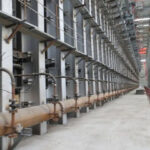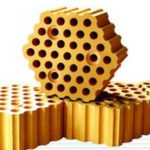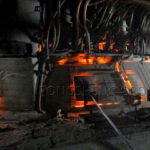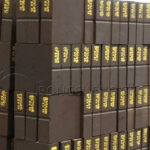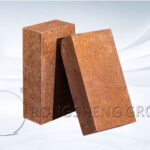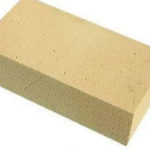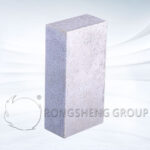During smelting in a submerged arc furnace, damage to the furnace lining is inevitable, and the rate of damage varies depending on the furnace. The lower part of the furnace wall, the center of the furnace bottom, and the taphole are prone to rapid damage, thus reducing the life of the furnace lining. When selecting carbon bricks, self-baked and pre-baked are generally preferred. The different properties of these two types of carbon bricks necessitate different furnace buildup and start-up plans. A well-balanced furnace buildup and start-up plan ensures the maximum service life and economic benefits of the subsequent furnace.
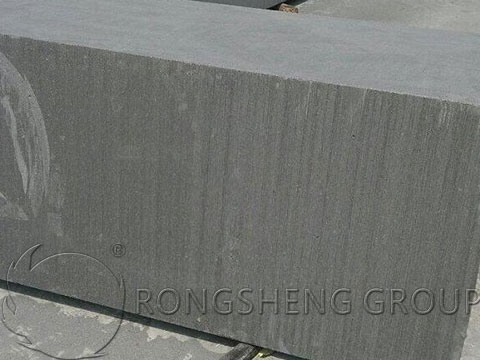
Self-Baked Carbon Bricks and Pre-Baked Carbon Bricks
Self-baked carbon bricks are made from high-temperature electrically calcined coal as the primary aggregate and coal tar pitch as the binder. After forming, they are directly processed into the lining of an ore-fired furnace. The calcination of self-baked carbon bricks utilizes the furnace’s own heat conduction and the production process to gradually carbonize the volatile components, such as the pitch, in the bricks. Finally, as the furnace bottom temperature rises, the bricks are calcined into a solid, dense, and highly integrated carbon lining.
The production process for self-baked carbon bricks is partially similar to that for pre-baked carbon bricks, except that self-baked carbon bricks lack the pre-baking step. Calcination of pre-baked carbon bricks involves heating the green carbon bricks in a calcining furnace at a constant temperature, isolated from oxygen by a filler. The calcination temperature generally does not exceed 1200°C. The heating process for self-baked carbon bricks in an ore-fired furnace differs from that of pre-baked carbon bricks, resulting in a significantly higher final temperature.
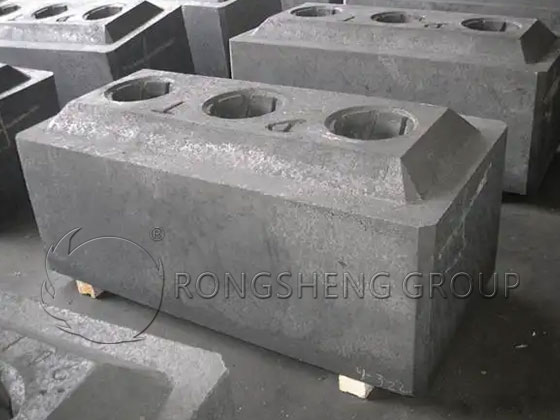
Differences Between Self-Baked and Pre-Baked Carbon Bricks During Furnace Baking
The key differences between the use of self-baked and pre-baked carbon bricks, especially during furnace baking, are as follows:
-
Different Heating Methods
Pre-baked carbon bricks are surrounded by filler in the roasting furnace, while the roasting furnace, thanks to its flue design, provides multi-sided heating. Therefore, pre-baked carbon bricks are evenly heated on all six sides through conduction from the filler. The heat source for carbonizing self-baked carbon bricks in a submerged arc furnace is the furnace’s own temperature, which is conducted downwards. Self-baked carbon bricks are not actually fired all at once, but rather layer by layer from top to bottom.
-
Different Heating Rates
Pre-baked carbon bricks have an external heat source during firing, so the heating rate can be controlled. This allows for customized heating curves to be developed based on the stage of firing. A faster heating rate before 300°C helps minimize brick deformation; a slower heating rate between 300°C and 750°C helps prevent asphalt coking; and the heating rate can be increased again above 750°C. During the firing of self-baking carbon bricks, the temperature transfer rate is limited to the molten pool, and the heating rate cannot be controlled at the multiple temperature points used in pitch firing. Because the thermal conductivity of the green self-baking carbon bricks is much lower at 3 W/m·k compared to the 16 W/m·k of pre-baked carbon bricks, the heat transfer rate of the carbon bricks is very slow. While sufficient pitch coking value can be achieved, the slow heating rate of the self-baking carbon bricks increases the risk of deformation.
-
Differences in Firing Between Carbon Bricks and Joint Paste
The joints between self-baked carbon bricks are caulked with carbon mortar, typically no wider than 1mm. Pre-baked carbon bricks are typically laid with joints 40-50mm wide, with cold-rammed paste or electrode paste rammed in between. Some large-scale submerged arc furnaces are now also using carbon mortar, after fine-finishing the pre-baked carbon blocks. When the pre-baked carbon bricks are heated, only the joint paste is calcined, adsorbing onto the pre-baked carbon blocks during the firing process. Furthermore, the joint paste and pre-baked carbon bricks have different shrinkage coefficients, resulting in the lowest joint strength in the pre-baked carbon bricks, making them the most susceptible to molten iron corrosion in the furnace lining. Since the self-baked carbon bricks and joint paste begin firing simultaneously and are made of the same material, they are baked together during the firing process. The self-baked carbon blocks begin to soften at 100°C, allowing the plastic deformation of the carbon bricks to fill any gaps created during furnace construction. The sintered joint paste strength of self-baked carbon bricks is 2-3 times that of pre-baked carbon bricks.
-
Baking Self-Baking Carbon Bricks in a Pressurized Atmosphere
When coal tar pitch is roasted under normal pressure, more than 30% of the carbon is lost as volatiles, leaving numerous pores in the carbon bricks, which directly affects a range of properties. Increasing the ambient pressure can increase the coking capacity of the coal tar pitch, increase the bulk density of the carbon bricks, and improve the internal structure of the carbon bricks. Self-baking carbon bricks are fired in a submerged arc furnace, surrounded by refractory bricks and a furnace shell, and subjected to the pressure of the charge from above. Therefore, the firing of self-baking carbon bricks is characterized by pressure and single-sided heating. The volatile matter in the carbon bricks and the joints is difficult to be discharged, and a polymerization reaction occurs to form coke with better performance. The coke reduces the porosity of the carbon bricks and improves the performance of the carbon bricks. Pre-baked carbon bricks do not have such conditions during firing. The joint paste is fired in the same atmosphere as self-baked carbon bricks, but the amount of joint paste is very small. Therefore, the performance of self-baked carbon bricks after firing is better than that of pre-baked carbon bricks.
Aluminum Silicon Carbide Carbon Bricks with a Complex Magnesium-Aluminum binder Can Improve Their Post-Baking Strength
Aluminum silicon carbide carbon bricks can be used in metallurgical applications such as steel linings, nozzles, plugs, and blast furnace bottoms and bosh. The complex magnesium-aluminum binder (magnesium aluminate sol binder), primarily composed of MgO and Al₂O₃, is a new material produced through advanced nanotechnology, complexing under high temperature and high pressure. This complex magnesium-aluminum binder can be used as a reinforcing admixture for unfired bricks such as aluminum magnesium carbon bricks, aluminum silicon carbide carbon bricks, and continuous casting components. It can improve the post-baking strength of products by 10 to 15 MPa and address issues such as poor slurry performance, sticking, drying, a lack of strength when grasped, and poor slurry plasticity. Products produced using this complex magnesium-aluminum binder will significantly improve their performance in the field.

